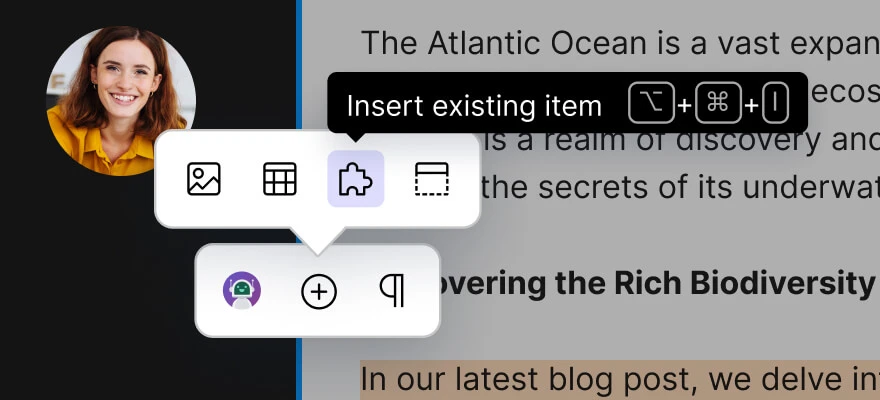Headless CMS technology is synonymous with flexible, modern content management, but there are some things to be aware of that may impact SEO efforts. Let’s check out common challenges, solutions, and best practices.
The need to manage multiple microservices
One of the key challenges in a headless CMS architecture is dealing with multiple microservices that handle different aspects of your website. When each service operates independently, coordinating content updates, metadata, and URLs can become a daunting task. To address this, establish a clear content governance strategy, use API documentation for seamless communication between microservices, and consider implementing a central content repository to maintain a unified content structure.
Making content consistent across different platforms
Headless CMS allows you to distribute content across various platforms. However, ensuring consistency in content presentation and SEO optimization must be done thoughtfully. To maintain consistency, create a structured content model that is easily adaptable across platforms, leverage dynamic content delivery based on user agents or device types, and conduct regular audits to verify content integrity and SEO elements across the ecosystem.
Ensuring the security and scalability of the website
As the number of APIs increases, so does the attack surface. For security, implement strict access controls, use authentication mechanisms like OAuth or JWT, and employ HTTPS for data encryption. Regarding scalability, choose a reliable hosting provider, employ caching techniques for faster response times, and monitor performance to identify and address bottlenecks proactively.
Best practices for overcoming SEO challenges
To implement successful SEO in a headless CMS, follow these cohesive best practices: establish a clear content strategy aligned with SEO goals, optimize website performance for faster load times, use schema markup for better search engine understanding, conduct thorough keyword research, employ a robust backlink strategy, and stay updated with the latest SEO trends. This approach will ensure a strong digital presence with high search engine rankings and a seamless user experience across platforms.









